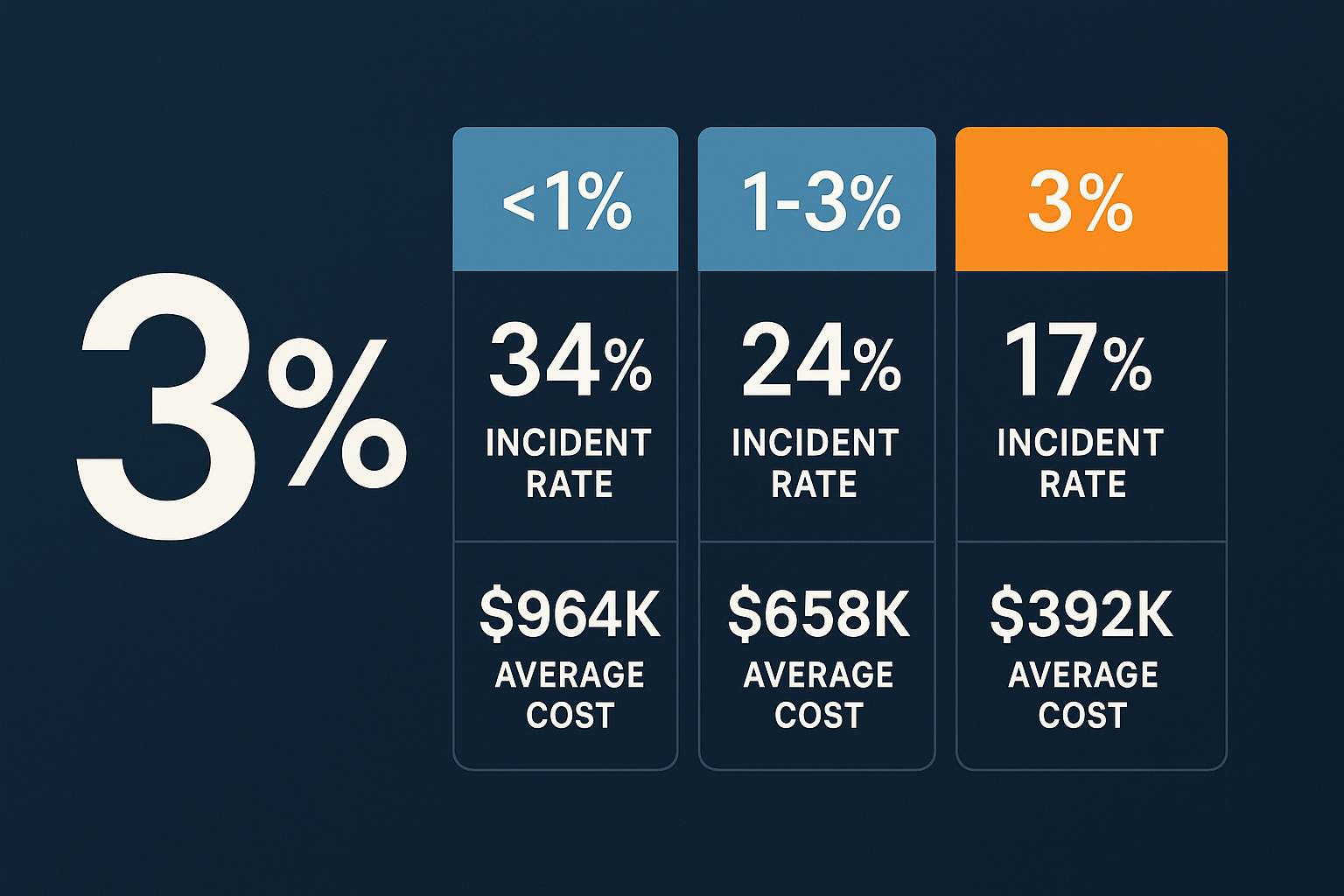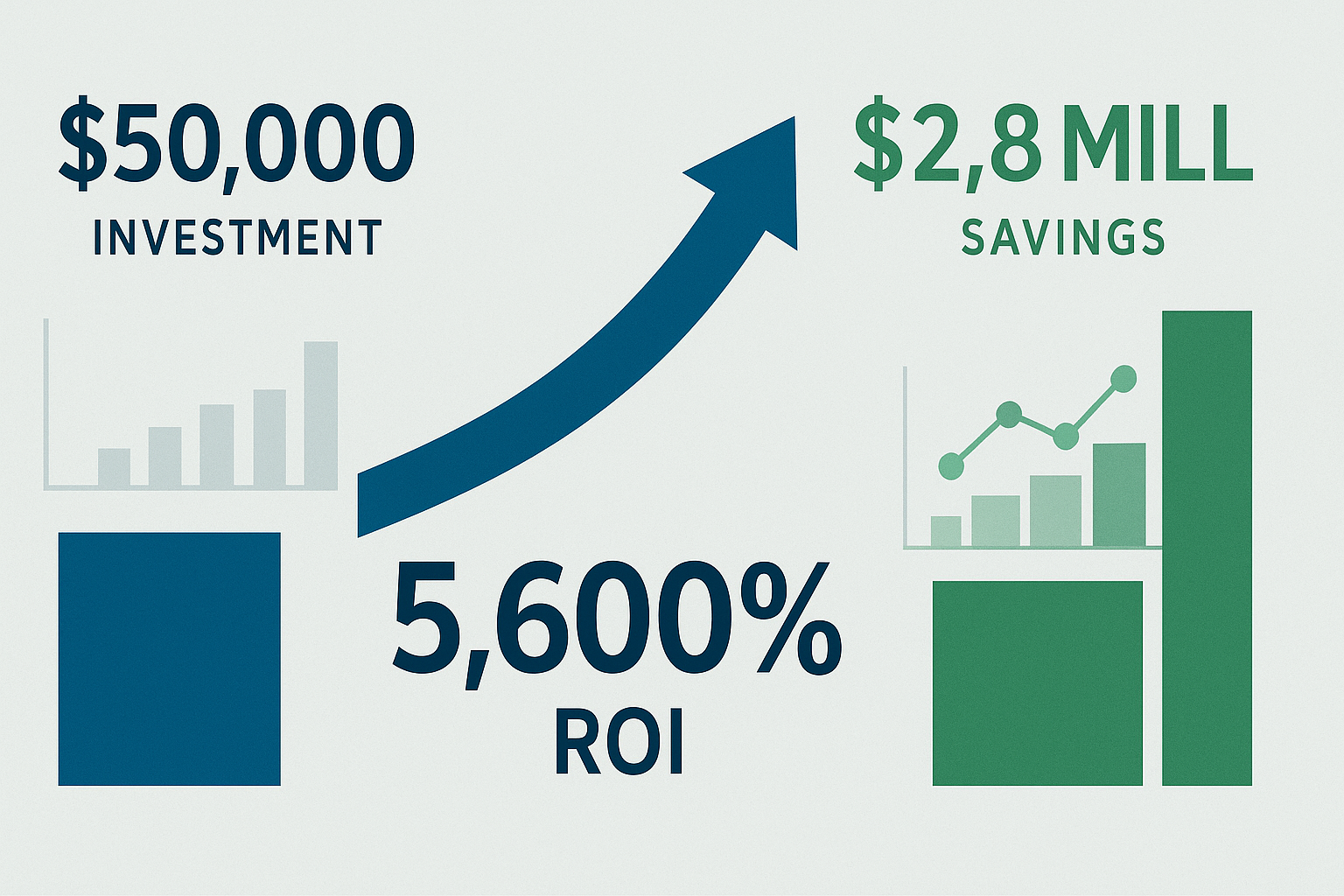 View all blogs
View all blogs
Why Most Small Businesses Get Salesforce Marketing Cloud Wrong (And How to Fix It)

The $180K Marketing Cloud Disaster
Last month, a manufacturing company called me after spending $180,000 on a Salesforce Marketing Cloud implementation that generated exactly zero additional leads.
Their previous consultant had built beautiful email templates and complex automation workflows that looked impressive in demos but completely missed their target audience. The problem? They treated Marketing Cloud like an email blast tool instead of a revenue-driving system.
After implementing Marketing Cloud for 50+ companies over the past five years, I’ve seen the same mistakes repeatedly. More importantly, I’ve learned what actually works for businesses under 500 employees who need marketing automation that drives revenue, not just fancy dashboards.
The Data: Success vs. Failure Patterns
Companies that follow strategic Marketing Cloud implementation achieve 3x higher email engagement and 25% more qualified leads. Those that don’t waste an average of $156,000 with minimal results.
Failed Implementations (73% of SMB projects):
- Email open rates below 15%
- Less than 5% of automation actually used
- Zero integration with sales processes
- Implementation abandoned within 18 months
- Average loss: $156,000
Successful Implementations (27% of SMB projects):
- Email open rates above 31%
- 85% of automation actively driving revenue
- Seamless sales and marketing alignment
- Continuous expansion and optimization
- Average ROI: 340% in first year
The correlation is clear: strategic implementation approach directly determines Marketing Cloud success rates and business impact.
The Five Fatal Marketing Cloud Mistakes
Mistake #1: Building Automation Before Understanding Your Audience
Companies jump straight into building complex customer journeys without understanding how their prospects actually make buying decisions. Before we touch Marketing Cloud, we map the real customer journey—not the idealized version in your marketing deck.
- Conduct customer interviews and analyze sales call recordings
- Map touchpoints that actually influence buying decisions
- Build automation that supports real buyer behavior
Mistake #2: Treating All Leads the Same
Your CFO evaluating enterprise software doesn’t have the same information needs as a plant manager researching equipment. Yet most Marketing Cloud implementations send identical nurture sequences to both.
- Create distinct automation tracks based on role and company size
- Personalize content for technical evaluators vs. executives
- Segment by industry, buying stage, and decision-making authority
Mistake #3: Ignoring Data Security and Compliance
Your marketing database contains your most valuable business information—customer preferences, buying patterns, and engagement history. This data is gold to cybercriminals and regulators.
- Average marketing data breach cost: $4.2M
- GDPR fines for email violations: Up to 4% of annual revenue
- Customer trust recovery time after breach: 18+ months
Cold Sun Enterprise integrates CyberVault security into every Marketing Cloud implementation from day one.
Case Study: The Tale of Two Implementations
Company A: Generic Implementation Approach
- Industry: Professional Services (85 employees)
- Previous Approach: Manual email blasts, generic templates
- Implementation Focus: Feature deployment over strategy
- Investment: $180,000 over 18 months
- Email open rates: 12% (down from 18%)
- Lead quality: Declined 23%
- Sales team adoption: 15%
- Automation utilization: 8%
- Total ROI: -$156,000
Company B: Strategic Implementation (Cold Sun Enterprise)
- Industry: Professional Services (85 employees)
- Our Approach: Strategy-first, revenue-focused implementation
- Implementation Focus: Customer journey mapping and sales alignment
- Investment: $30,000 implementation + ongoing licensing
- Email open rates: 31% (up from 18%)
- Marketing qualified leads: +89%
- Sales cycle length: 7 months (down from 12)
- Additional revenue: $2.1M in year one
- ROI: 340% in first year
The Strategic Implementation Framework
Here’s how successful companies approach Marketing Cloud implementation for maximum ROI:
Month 1: Foundation and Strategy (40% of effort):
- Customer journey mapping and persona development: 15%
- Data audit and integration planning: 10%
- Email template design and brand compliance: 10%
- CyberVault security configuration: 5%
Month 2: Automation Development (35% of effort):
- Core nurture sequences and behavioral triggers: 20%
- Lead scoring and sales integration: 10%
- A/B testing framework setup: 5%
Month 3: Launch and Optimization (25% of effort):
- Pilot testing with select segments: 10%
- Team training and adoption: 10%
- Performance monitoring and optimization: 5%
Industry-Specific Success Patterns
Marketing Cloud success varies by industry based on customer behavior and sales cycles:
- Professional Services: Focus on thought leadership and relationship nurturing
- Manufacturing: Technical content and long-cycle lead development
- Technology: Product education and feature-benefit automation
- Healthcare: Compliance-heavy content with trust-building sequences
- Financial Services: Regulatory-compliant nurturing with security emphasis
The SMB Reality: Making Enterprise Tools Work
“Marketing Cloud is too complex for our small business!”
This is the most common concern I hear. Marketing Cloud was designed for enterprise companies with dedicated marketing operations teams. SMBs need a different approach.
SMB Success Strategy:
- Start with core automation (20% of features, 80% of value)
- Focus on sales integration over marketing complexity
- Leverage managed services for ongoing optimization
- Scale features based on proven ROI and team capacity
The Revenue Impact of Strategic Implementation
Companies with properly implemented Marketing Cloud don’t just automate marketing—they transform revenue operations:
- Sales Velocity: 40% shorter sales cycles through targeted nurturing
- Lead Quality: 89% increase in marketing-qualified leads
- Customer Retention: Automated onboarding increases lifetime value
- Operational Efficiency: 75% reduction in manual marketing tasks
- Revenue Attribution: Clear connection between marketing spend and closed deals
- Competitive Intelligence: Behavioral insights inform product and service development
Measuring Success: Key Performance Indicators
Track these metrics to validate your Marketing Cloud investment:
Engagement Metrics:
- Email open rates (target: 25%+)
- Click-through rates (target: 4%+)
- Unsubscribe rates (target: <2%)
- Journey completion rates
Revenue Metrics:
- Marketing qualified leads (MQLs)
- Sales accepted leads (SALs)
- Marketing-influenced revenue
- Customer acquisition cost (CAC)
ROI Calculation: The Marketing Cloud Payoff
For a $5 million SMB with strategic Marketing Cloud implementation:
- Implementation Investment: $30,000
- Annual Licensing: $18,000
- First Year Revenue Impact: $850,000
- ROI: 1,770% over 3 years
- Additional Benefits: Operational efficiency, customer insights, competitive advantage
Conclusion: Strategy Determines Success
Marketing Cloud isn’t just marketing software—it’s a revenue operations system that can transform how you acquire, nurture, and retain customers. The difference between success and failure isn’t the platform capabilities; it’s the implementation approach.
Companies that treat Marketing Cloud as an email tool waste money. Companies that implement it as a strategic revenue system drive transformational growth.
Ready to implement Marketing Cloud the right way? Discover our strategic Marketing Cloud implementation approach that turns marketing automation into a revenue driver. We’ll show you exactly how to avoid the five fatal mistakes and achieve 3x higher engagement with 25% more qualified leads.









